Hi! My name is Olivia and I’m a female worker honeybee. I wanted to take a few minutes today to tell you a bit about myself and my family, what we do and why it’s important, the dangers we face every day, and how you can help save the bees. Thanks for being here with me, this is going to be fun!
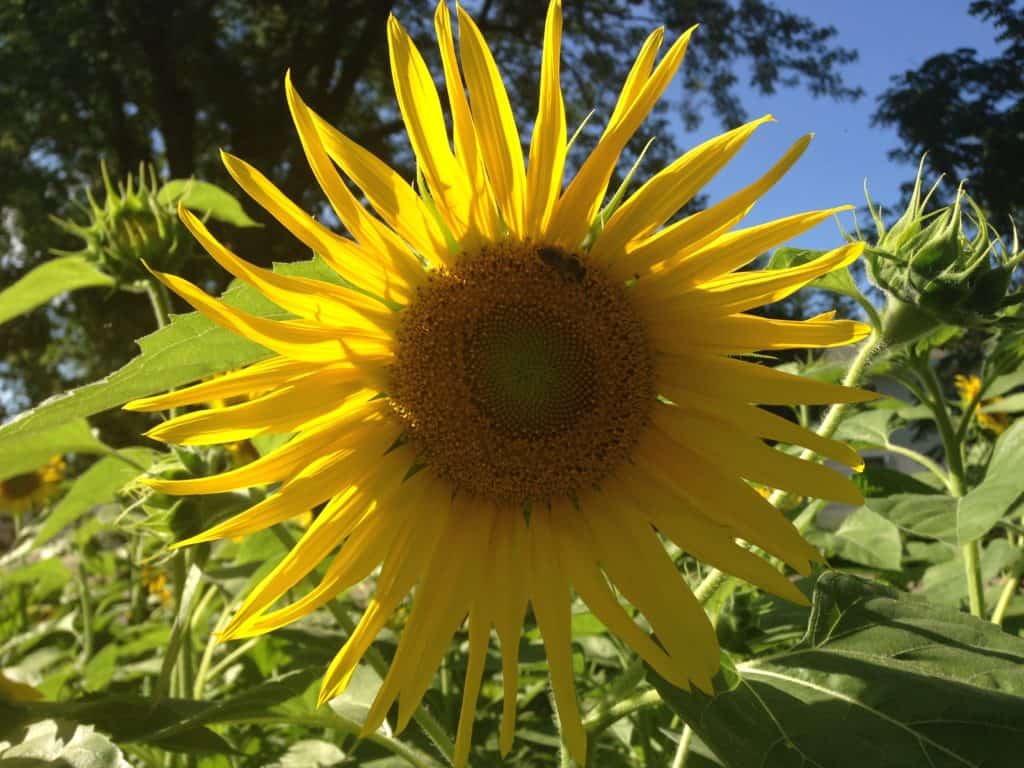 Who Are We?
Who Are We?
There are about 25,000 known species of bees found worldwide, according to SaveBees.org. Of these species, about 4,000 of them exist in the United States. Unfortunately, many of our species are threatened with extinction. We are brave and determined though, and hopefully, with your help, we will be around for many years to come.
Why Are We Important?
We fly around with our cute little wings and hop from flower to flower, and plant to plant, doing our (pollinating) thing. Many crops grown require pollination for increased yields. Not to brag or anything, but one in three bites of food that you eat is all because of the hard work we do! Some claims state that humans could starve to death without bees, others disagree. We’d rather not find out, we like buzzing around and doing our thing to help you out!
Dangers We Face
A large amount of pesticides used on fields and gardens is a huge danger to us. We work hard to pollinate things for you, and we don’t know which ones have had poison sprayed on them and which ones haven’t. If you use pesticides, please do a bit of research and see if you can find more organic alternatives. My comrades and I thank you in advance.
Also, some of the flowers you buy at the greenhouse that you think are helping us have actually been treated with chemicals that can hurt us too. Please be a smart shopper, and don’t buy flowers that have been treated with neonicotinoids. These are bad for butterflies and other pollinators, too!
There are also some nasty little things called varroa mites that are very dangerous to us little bees. It acts kind of like a tick does on humans and pets, and can easily spread disease in our hives.
We are also losing our habitats, as populations grow and wildlands are dispersed to make room for more crops and buildings. This means fewer flowers for us to snack on, and we get so hungry!
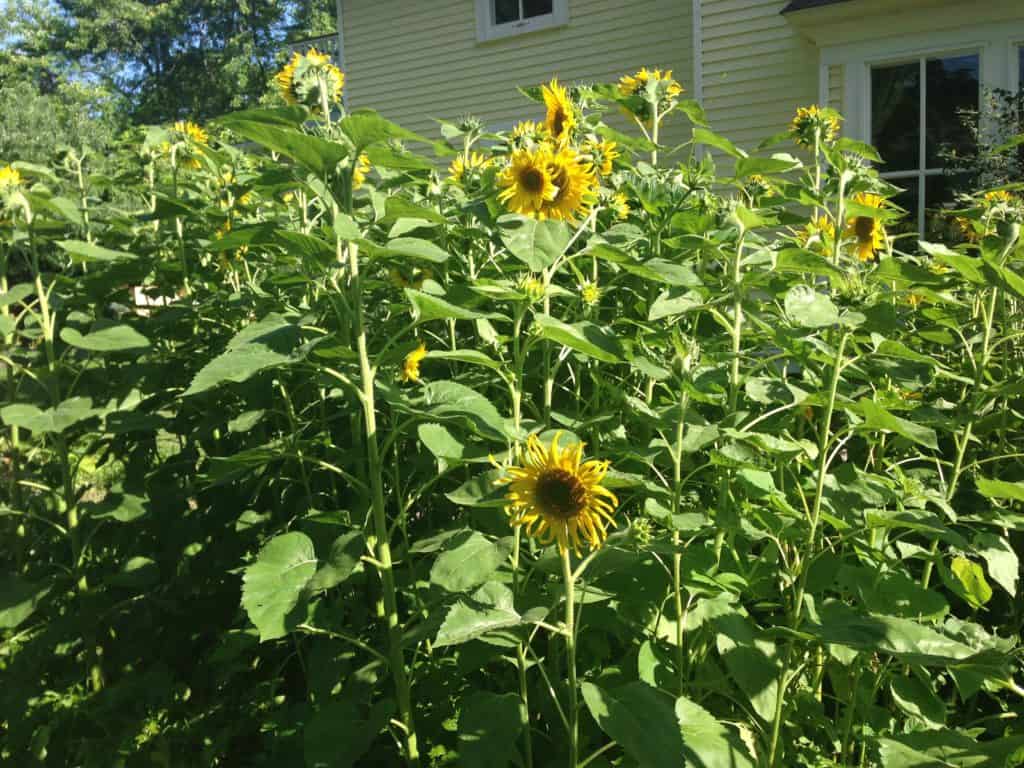 What Can You Do to Help Us?
What Can You Do to Help Us?
Plant pollinator-friendly flowers in your yard. When you are choosing your flowers, please plant a variety that will give us blooms between spring and fall. We aren’t picky eaters, but some ideas include:
-
- Spring: calendula, hyacinth, crocus, calendula
- Summer: echinacea, snapdragon, hosta, foxglove, cosmos
- Fall: aster, goldenrod, zinnia
I mentioned this above, but it’s so very important I’m going to mention it again. Please consider using organic fertilizers and pesticides, and also make sure your flowers from the greenhouse haven’t been treated with pesticides, too.
We work so hard in your yard, and sometimes we get very thirsty. Pools and ponds of water are very dangerous to us because we go to take a drink of water but then we can get stuck and drown. We would love it if you would make a bee pond, which is kind of like a birdbath but with stones and pebbles in it for us to stand on while we quench our thirst.
Sometimes, our queen bee decides she wants to move for some reason. This confuses us, and many of us go with her to protect and help her. If you find us during this confusing swarm period, please don’t harm or destroy it. Contact a bee removal specialist in your area and they can come to help you (and us) out!
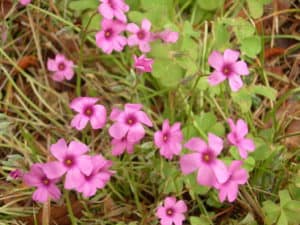 Work with Us
Work with Us
Some solitary “wild” bees need places to live, and you can help them out by installing a bee hotel in your yard. You can read more about this here.
Some people are also deciding to become beekeepers and let us keep our hives in their yards. We appreciate them so. Lots of people are scared of us and think we are out to hurt them, but we aren’t. Most bee species aren’t aggressive, and if you leave us alone we won’t hurt you. There are some supplies and knowledge you will need to get started, but there are several books available like this one that will help you out!
Products We Help Make
In addition to our very important pollinating job that we’ve discussed today, we also produce honey, bee pollen, and beeswax – all of which have very useful and healthy purposes.
Honey – they say it’s best to buy local honey for optimum health benefit. They also say that lots of the honey you buy at your local store is mixed with other things that aren’t actually honey. Make sure you are getting the good stuff, you find a farm near you or go to a local health food store or farmer’s market to buy it from the farm who harvested it.
Bee Pollen – This is said to be an immunity booster, and is consumed as a dietary supplement. It is filled with antioxidants, vitamins, minerals, amino acids, and other good stuff.
Beeswax – This is used in a lot of natural beauty products being made these days. You can buy it in bars or pellets, and it makes really great lotions and salves, among other things. If you aren’t in the mood or market for making your own, there are a few great companies out there who are making it for you. Check them out: Burt’s Bees, Savannah Bee Company, The Peaceful Bee Co. – to name a few.
Beeswax Food Wrap – as part of the movement to reduce plastic use and waste in our world, some companies and individuals have started making beeswax food wrap. You can make this yourself – or you can buy it.
Some people out there are allergic to bees, which means they also are/could be allergic to products produced by bees. As always, take caution if you have an allergy.
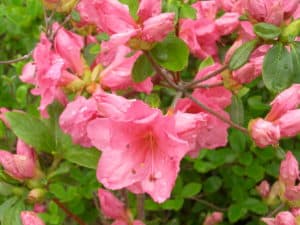 Information & Resources
Information & Resources
Your own state likely has a department or organization for bees in your region. In Minnesota, it’s Minnesota Honey Producers Association. A quick internet search for bees in your state should give you some more local information.
Here are some other resources you can use to learn more about bees:
GreenPeace.org
EarthDay.org
Honeybee Conservancy
SaveTheBees.org
NRDC.org
OrganicConsumers.org
TheSCA.org
National Honey Board
The Bee Girl Organization
Thanks so much for joining me today! I’m going to get back to work now. Please spread the word to your friends about what you can do to help save the bees!
=
Read some of my other posts about Gardening.
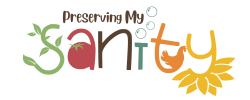
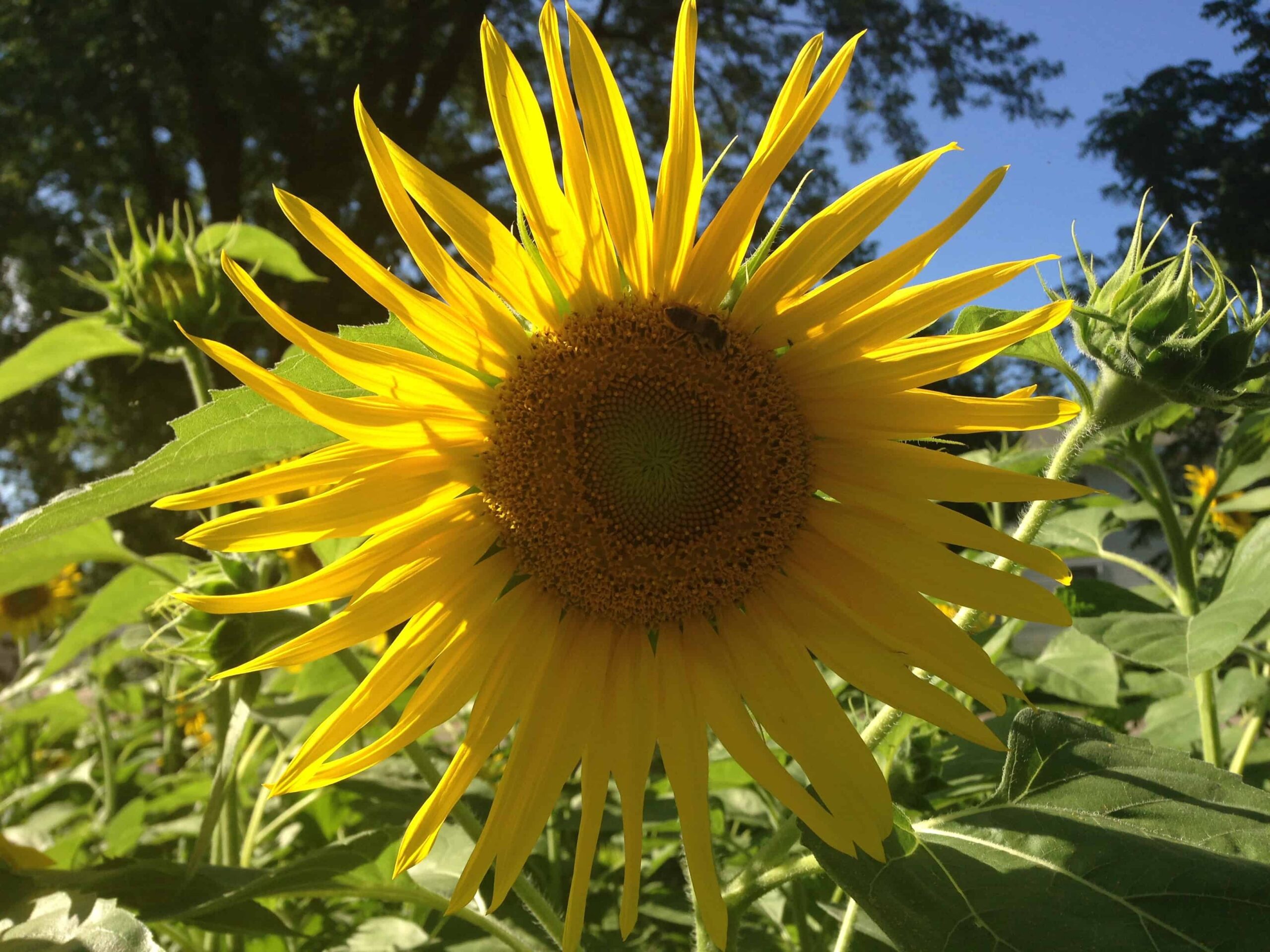

I didn’t know planting certain plants can help the bees 😮- I love calendula and echinacea anyway – I need to get some ASAP!
Do you have any suggestions for getting bees to relocate? I don’t mind bees but I have several that are trying to build a colony in my doorway.
I’m sorry, I don’t – aside from where I talk in the article about finding a bee specialist in your area that could help you safely move them. Are you sure they aren’t carpenter bees? If they are carpenter bees, perhaps a pest control technician could help. Good luck!
Thank you for this! I learned a lot and will try to apply some of these tips at my new home!
Awesome, thanks! The planting of flowers that bees love is easy to do, because they are all beautiful flowers anyway! 🙂
any suggestions for someone living in a condo? I am unsure if bees fly so high.
Hi Liyen, interesting question! Apparently, bees can fly quite high – some scientists claim up to 29,000 feet. If you have a balcony or patio in your condo, you could buy some potted flowers and give it a try. If there is a community garden in your area, you could also plant a few bee-friendly flowers there, or perhaps donate some money or flowers to local parks so they can plant additional bee-friendly flowers. Good luck!
Very informative – thanks for getting the word out! We all need to make a concentrated effort 🙂